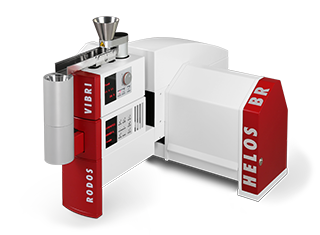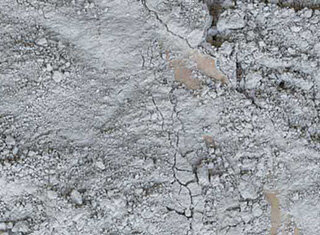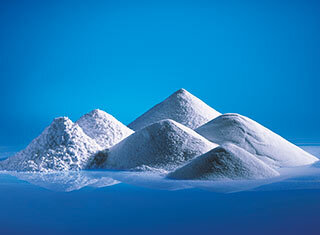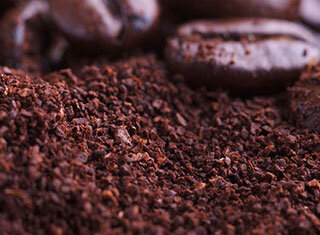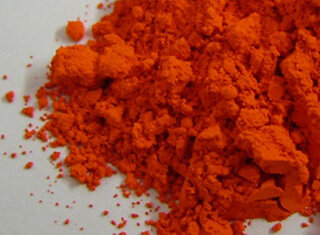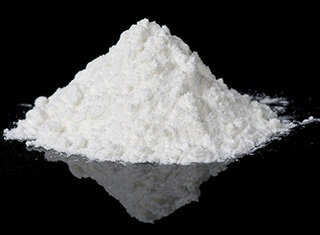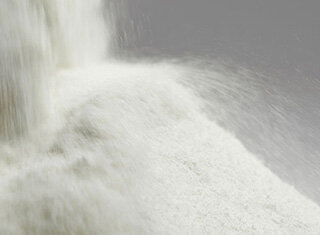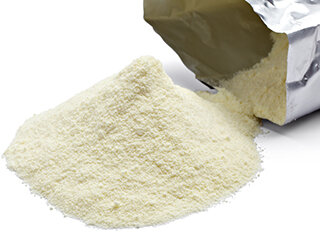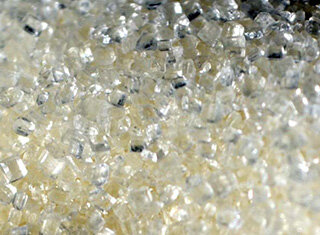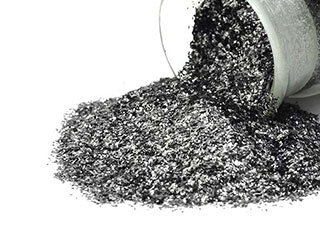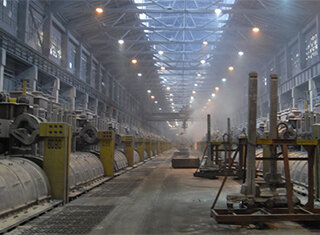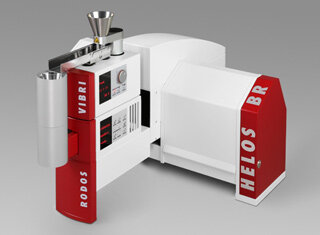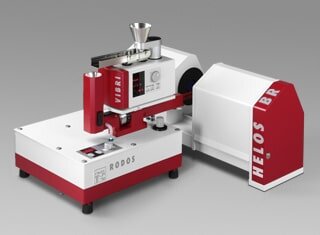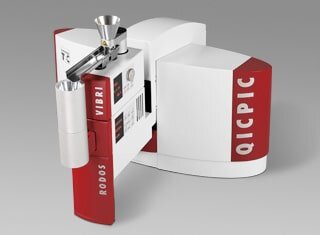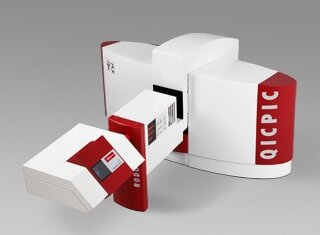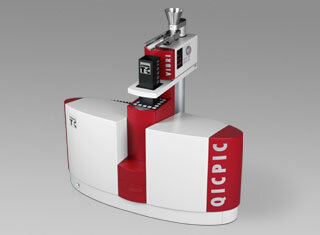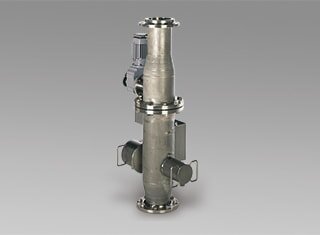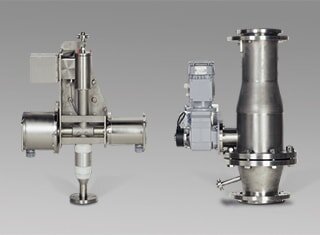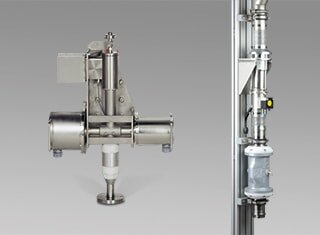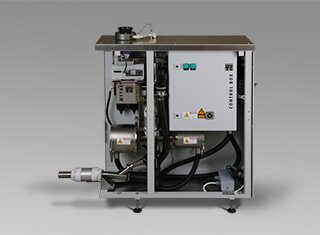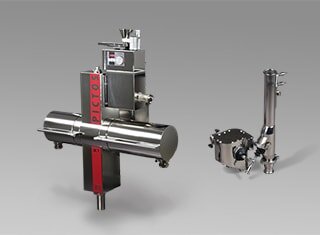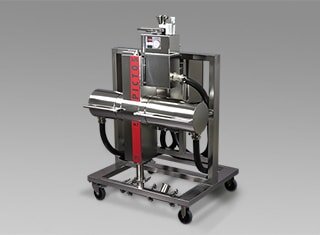Powders represent disperse systems of a solid disperse and a gaseous phase. The solid phase consists of fine dispersed particles (solids, usually smaller than 1 mm) present as macroscopic heap or bulk. Individual particles are characterised through different size, shape, mass and surface. When at rest, particles touch each other and thus determine the powder technological properties of the heap being specified with the findings of mechanics of bulk solids and particulates.
The particle properties size, shape and their distribution are amongst the decisive parameters which determine the behaviour of powders for the application or further processing. The specific surface together with a tendency of agglomeration (cohesion), wall adhesion, reactivity, solubility and electrostatic charging increase with decreasing particle size. In concurrence material homogeneity and stability of the single particles increase while flowability, miscibility and grindability deteriorate increasingly. Powders of particles in the upper micro and millimetre range usually show a proper flowability whereas finer and finest powders having average particle diameters in the submicron and lower micron range often are cohesive and tend to form agglomerates. Not only particle size but also the particle size distribution and the shape of the particles influence flow properties, bulk and tapped density, porosity, compressibility or segregation tendency of the particle collective.
Powders are produced in a variety of ways, depending on the field of application and availability of the raw materials. In mechanical process engineering primarily comminution operations are applied to generate finer particle sizes from the coarser feed materials, e.g. through grinding. Often specific requirements exist related to characteristic parameters of a powder such as definite proportions of coarse or fine fractions, limits for oversized or undersized particles and a preferred particle shape. The production of defined qualities additionally requires classification operations such as screening and sifting, to achieve fractions with determined particle size distributions.
For production of fine, crystalline particles ranging from submicron to about 10 µm often a precipitation crystallisation is applied. Precipitated products such as pigments, catalysers, ceramic powders, inorganic matters or active pharmaceutical ingredients, have to comply with requirements related to a desired particle size, a narrow particle size distribution, a desired outer shape of crystals or a large specific surface area providing high reactivity or bioavailability. Powders are as well generated through atomisation and spraying of liquids, which then solidify to particles in evaporation or cooling processes, e.g. in spray-drying of lactose or atomisation of hot, liquefied metals or alloys to metal powders. Controlling and changing the parameters of atomisation allows for the generation of uniform, often spherical particles in a narrow size band and specifically good flow properties.
The determination of particle size, particle shape and their distribution are of crucial relevance for understanding and selective modification of the powder technological properties of a particle collective for further processing or final application. Representative sampling and product-adapted dosing and dispersion prior to measurement of the particle collective are keys to reliable and meaningful analysis. Each powder has its specific requirements with respect to the applied measurement technology. The modular architecture of our laser diffraction and image analysis sensors together with a variety of dosing and dispersing devices provides a flexible and optimum adaptation to the unique profile of your powders for analysis of particle size and particle shape distributions. At Sympatec you find proven technologies for product-specific and process-adapted dry analysis in laboratory and process from the submicron to the millimetre range, for sensitive, metastable particle and for finest cohesive and adhesive powders.






